A long-legged animal that barks like a dog, has the face of a fox, and moves like a deer has the world scratching its head.
The unlikely maned wolf, however, is no weird hybrid mashup, though. It is a rare species native to South America that is utterly unique, according to a 2015 video by Animal Logic.
The maned wolf’s closest relative is the now-extinct Falklands Islands wolf, a 2009 study discovered. The maned wolf and the Falklands Islands wolf shared a common ancestor some 7 million years ago. But the maned wolf is not a real wolf; it is an entirely separate genus of animal. Its nearest living relative is the small by comparison bush dog, which similarly looks nothing like a dog.
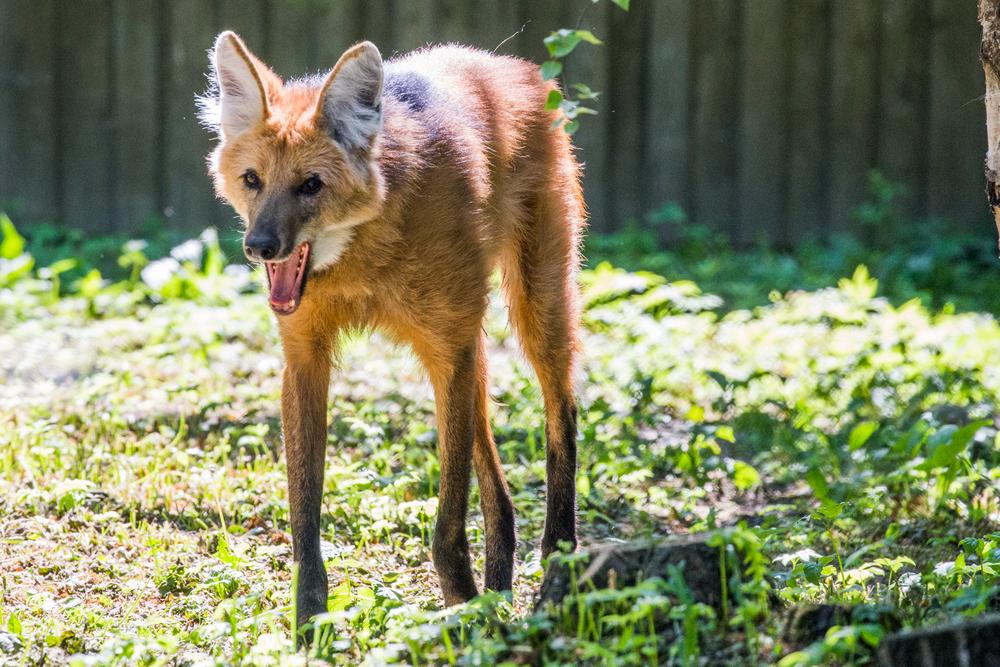
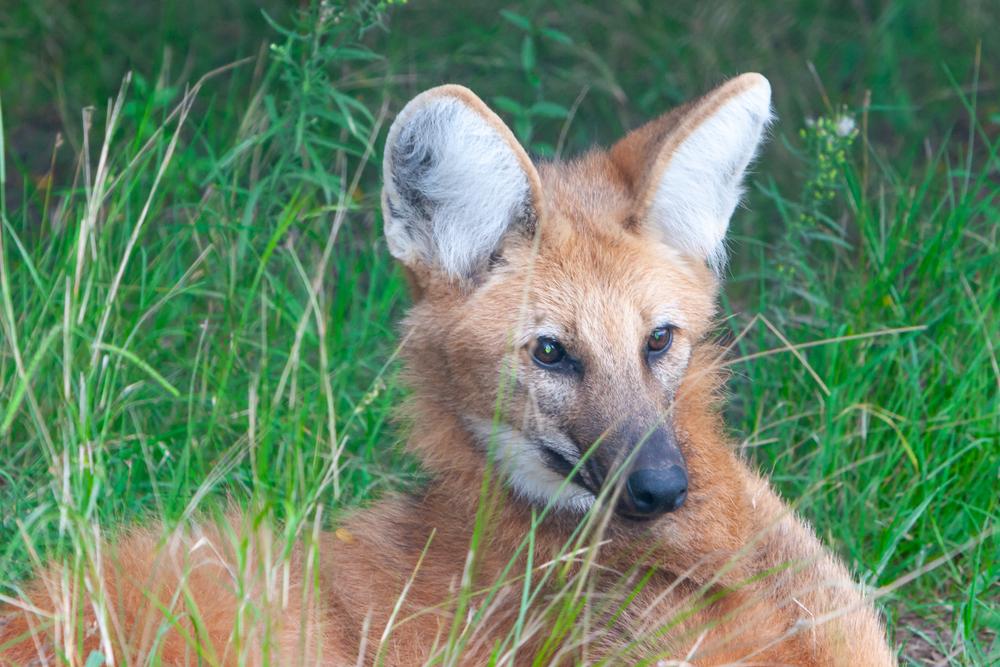
The maned wolf’s habitat is the grasslands of South America, which stretch from Brazil to Uruguay. According to the IUCN Red list, the maned wolf (Chrysocyon brachyurus) is “Near Threatened,” with around 17,000 mature adults in the wild. The International Union for Conservation of Nature observes, however, that further study is required to determine the population trend and threats to their habitat. Around 400 maned wolves are held in captivity.
In their typical habitat, an adult maned wolf will reach a weight of between 20 and 30 kilograms (approx. 44 and 66 pounds) and stands 90 centimeters at the shoulder, making it the largest canid in the world. By comparison, an adult gray wolf will weigh twice that of the maned wolf but is much shorter at 80 centimeters.
The byproduct of having long legs, an evolutionary trick to help them find prey in tall grass, is the maned wolf’s gait. Its long and extended foot and ankle bones mean the maned wolf moves much more like a deer than the wolf’s long loping movement.
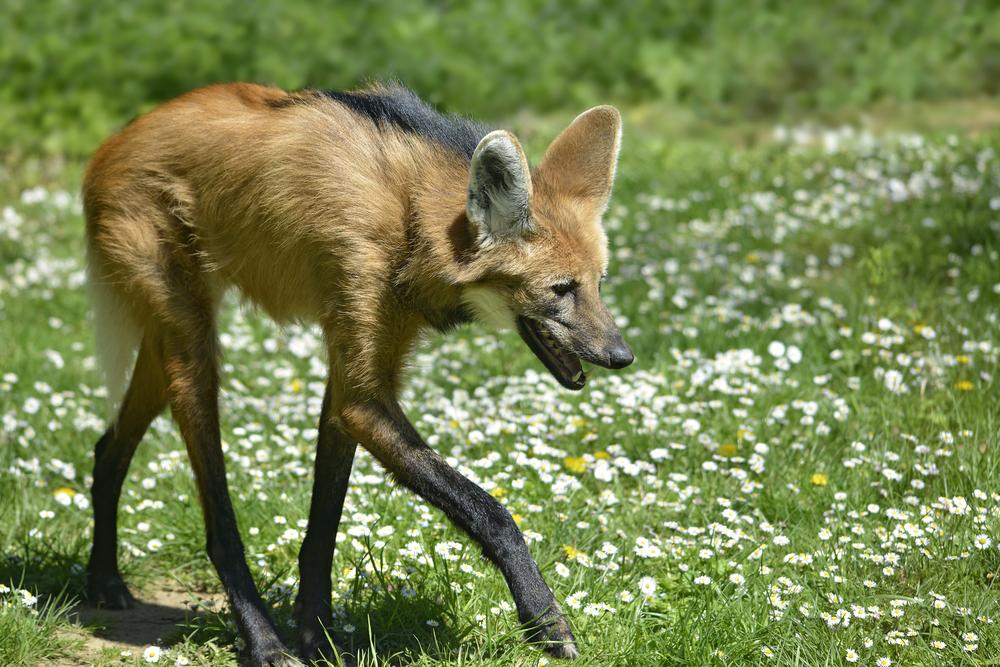
Apart from these physical differences, the maned wolf is also marked out as different thanks to its diet. While true wolves are carnivores, the maned wolf likes its veggies and has a much more varied diet, which includes small birds, rodents, rabbits, and fish.
However, the bulk of the maned wolf’s diet consists of up to 75 percent vegetation, mainly tubers and sugar cane. By far, their favorite food is the eponymously nicknamed wolf apple, a cross between a tomato and an eggplant.
Their preference for the wolf apple has led to the maned wolf being an essential cog in the plant’s life cycle. The species eats so many wolf apples that the seeds excreted in their feces are spread by leaf cutter ants that use the wolf’s poop to grow fungus in special chambers.
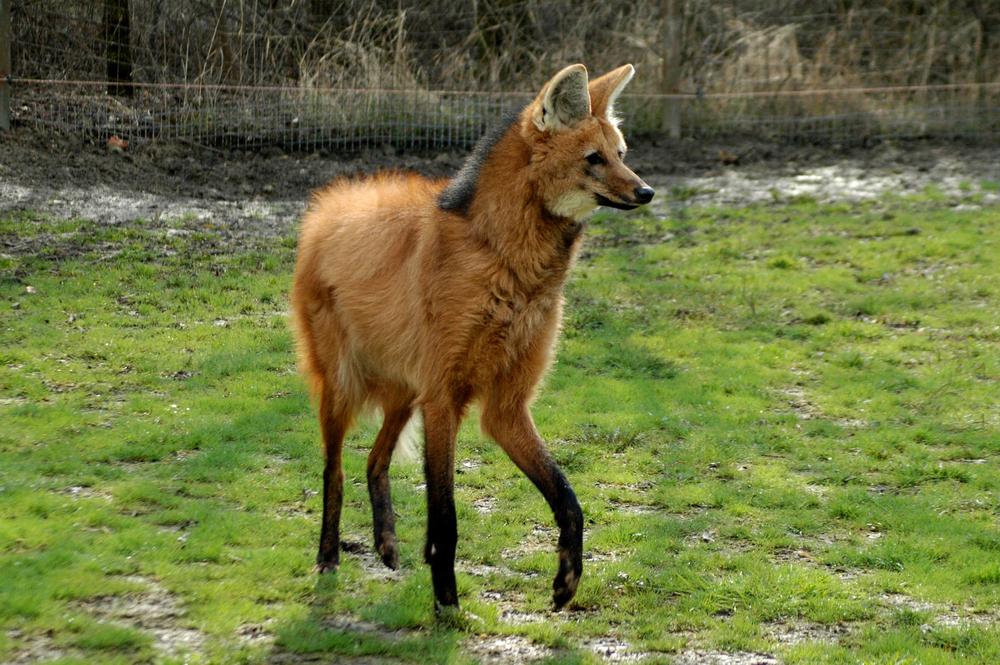
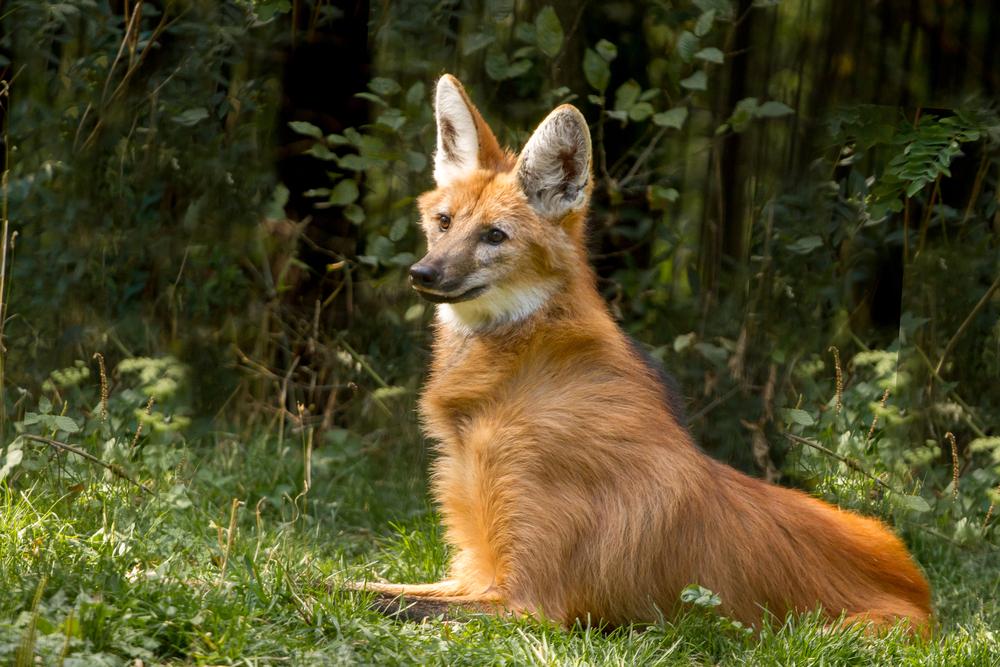
Could the maned wolf be any weirder?
Well, yes. As if it is not bizarre enough already, the urine of the maned wolf smells like marijuana!
So much so that the local police raided Rotterdam Zoo in 2006 in the hunt for the green weed. But they came up empty-handed as it was realized the maned wolf was marking its territory with urine.
The urine smell, which can be detected for miles, has led to the maned wolf being nicknamed the skunk wolf.
Because of its limited range of vocalizations, the maned wolf relies heavily on scent to communicate. When they mate, they will mark out up to 30 square kilometers of territory as their own.
They once thought the duck-billed platypus was a hoax, made out of various animal body parts. But what the platypus and the maned wolf prove is that Mother Nature has some genuinely odd adaptations up her sleeve.

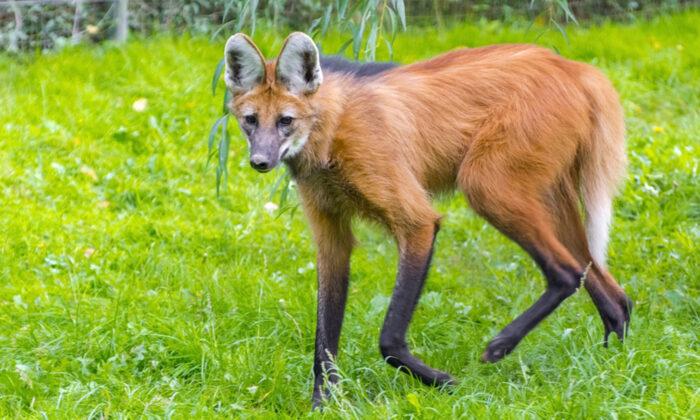

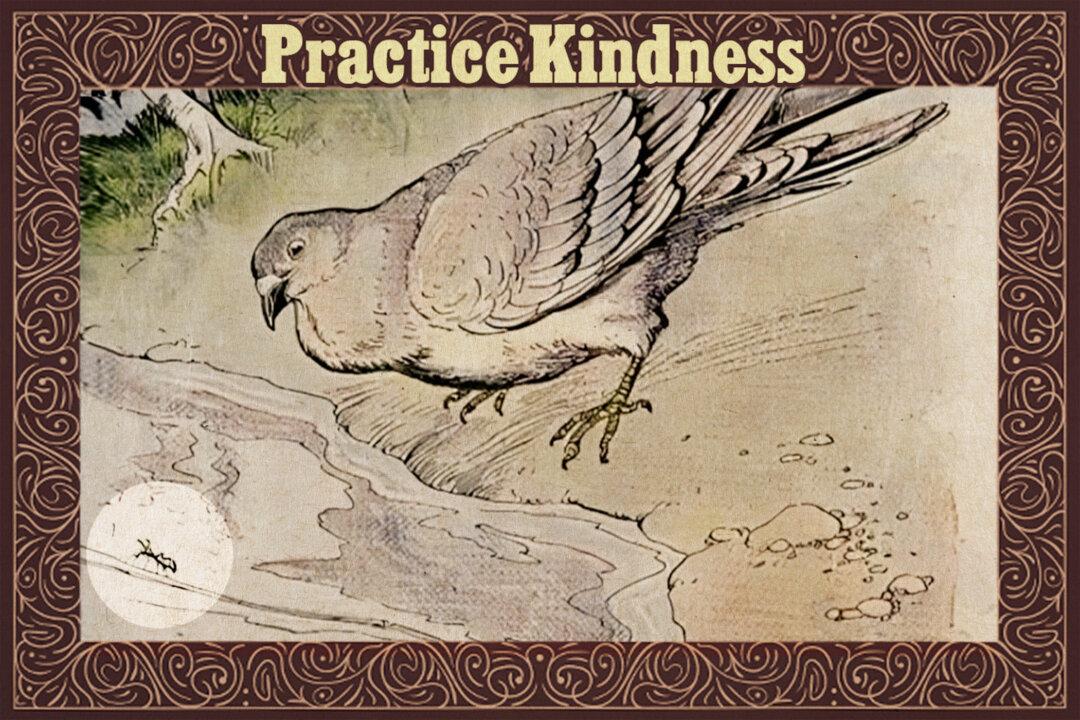
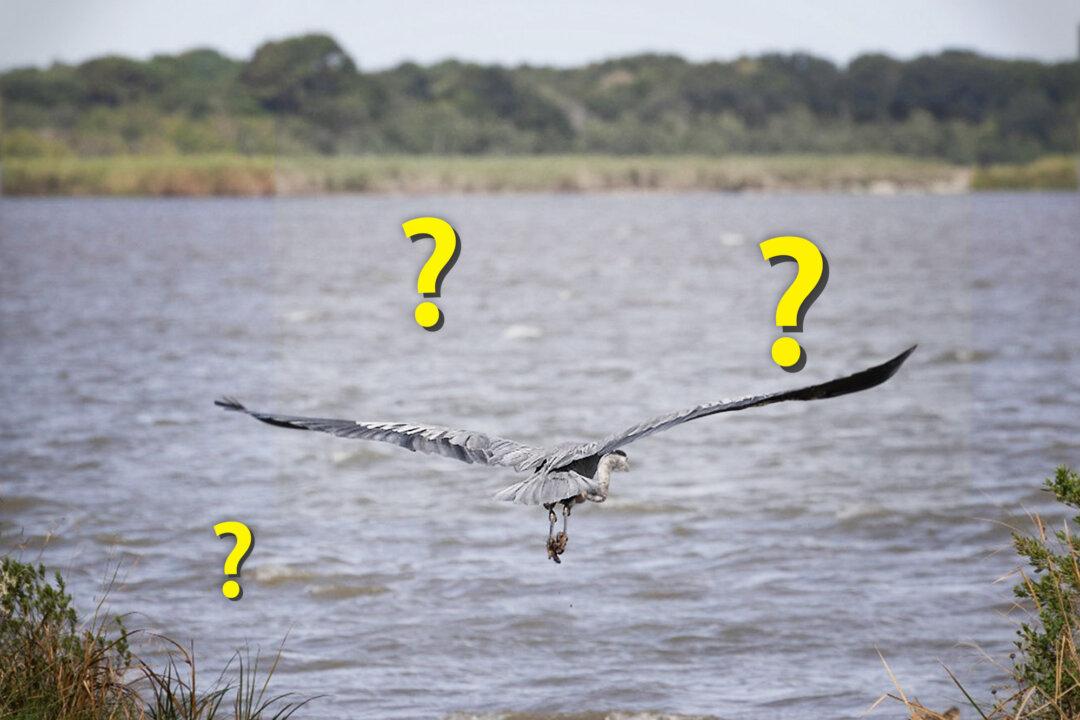
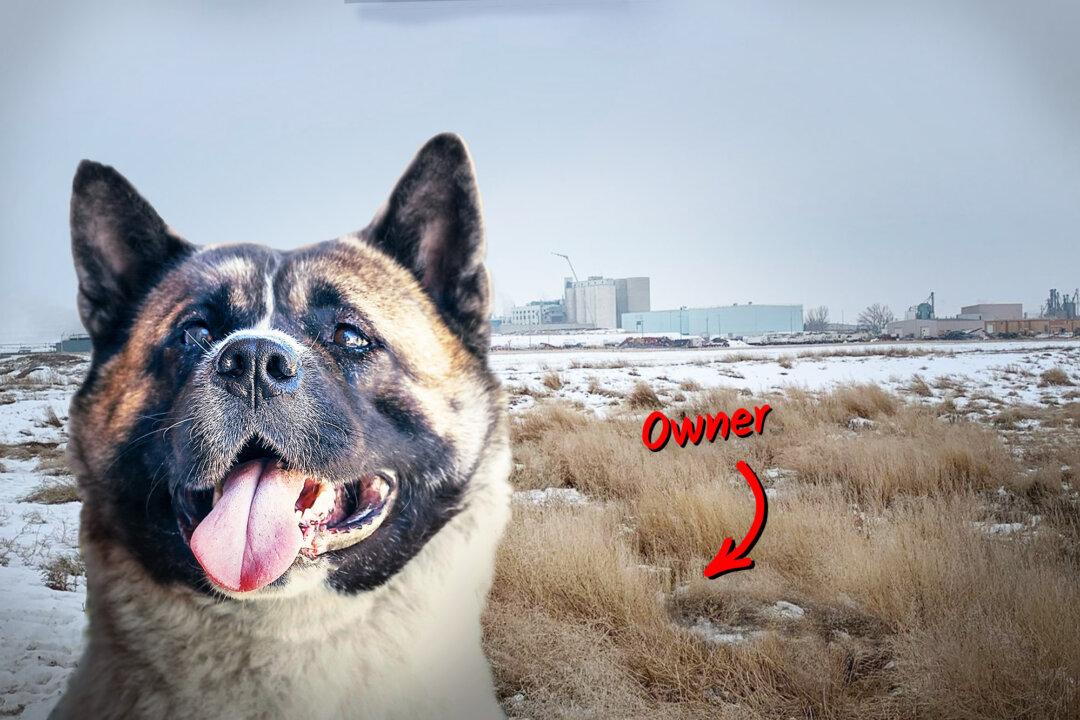

Friends Read Free